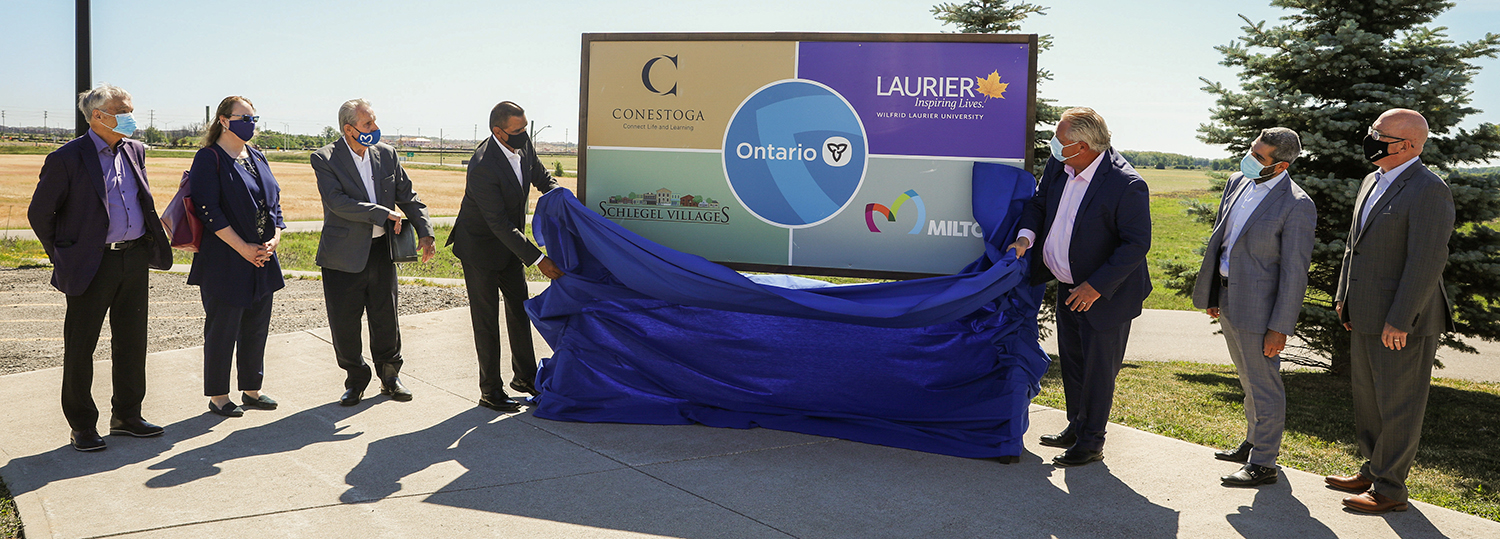
In planning its new campus in Milton, Wilfrid Laurier University is placing a focus on addressing some of the most pressing challenges facing the world today and working to create a better future.
In June 2021, the Ontario government announced approval for Laurier to move forward with a new campus in collaboration with the Town of Milton and Conestoga College. Laurier’s Milton campus – which will open to students in the fall of 2024 – will be based in applied science, technology, engineering, arts and mathematics, with a focus on planetary health, which considers the intersections of human and environmental health and will foster new research and development in areas such as clean and green technology and sustainable development.
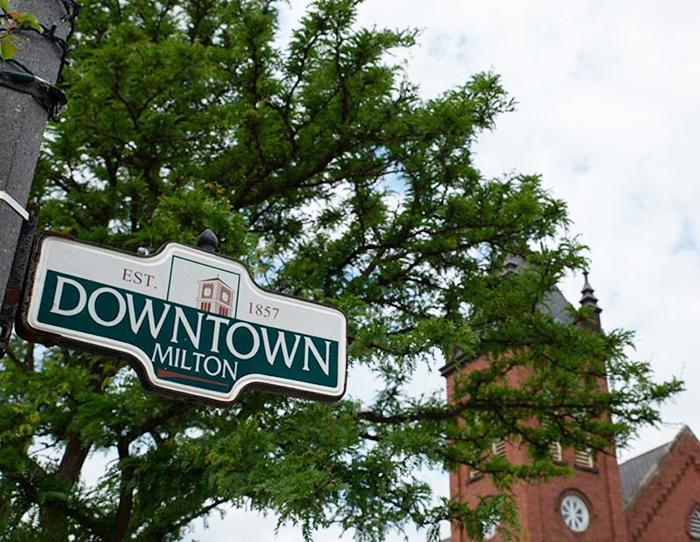
The university has proposed several unique project-based programs focused on environmental and sustainable engineering, climate change management, and environmental health sciences, among others. Each program will have an interdisciplinary focus so students will be well versed to consider complex global problems from a variety of perspectives, as well as emphasize creativity and collaboration to foster innovative solutions. Experiential learning will be a core component of each program, ensuring graduates have the knowledge and hands-on skills to succeed.
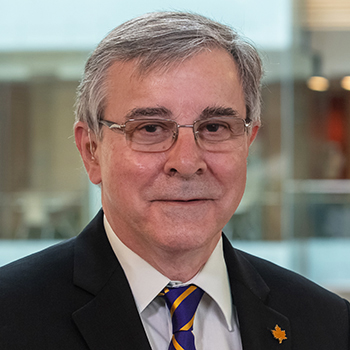
Anthony Vannelli, provost and vice-president: academic
“In Milton, we’ll be addressing climate change in a very holistic way,” says Anthony Vannelli, Laurier’s provost and vice-president: academic. “We have a responsibility to train our students to solve the problems that are leading to climate change and environmental degradation, so we can work together to make the world much more sustainable for future generations.”
Laurier’s campus will be a part of the 400-acre Milton Education Village, a planned urban neighbourhood that will accommodate approximately 13,000 people in mixed housing and a long-term care facility, support thousands of jobs in retail and office spaces, and host Laurier’s programs.
Laurier has been working closely with the Town of Milton for 13 years to bring a campus to the community. In 2008, the university and municipal government signed a memorandum of understanding and the town donated part of the Milton Education Village to the project. Since then, Laurier and Milton have been in discussions with the provincial government for approval and funding.
“Milton is one of the youngest communities in Ontario so our potential is great in terms of making sure our community is well educated and stays in Milton and Halton,” says Milton Mayor Gordon Krantz. “If you have a well-educated community, you have a better workforce and a more prosperous community. We’re fortunate that all our partners, including the Province of Ontario, Laurier, Conestoga and the Regional Municipality of Halton, have all been pulling in the same direction to bring this campus to Milton.”
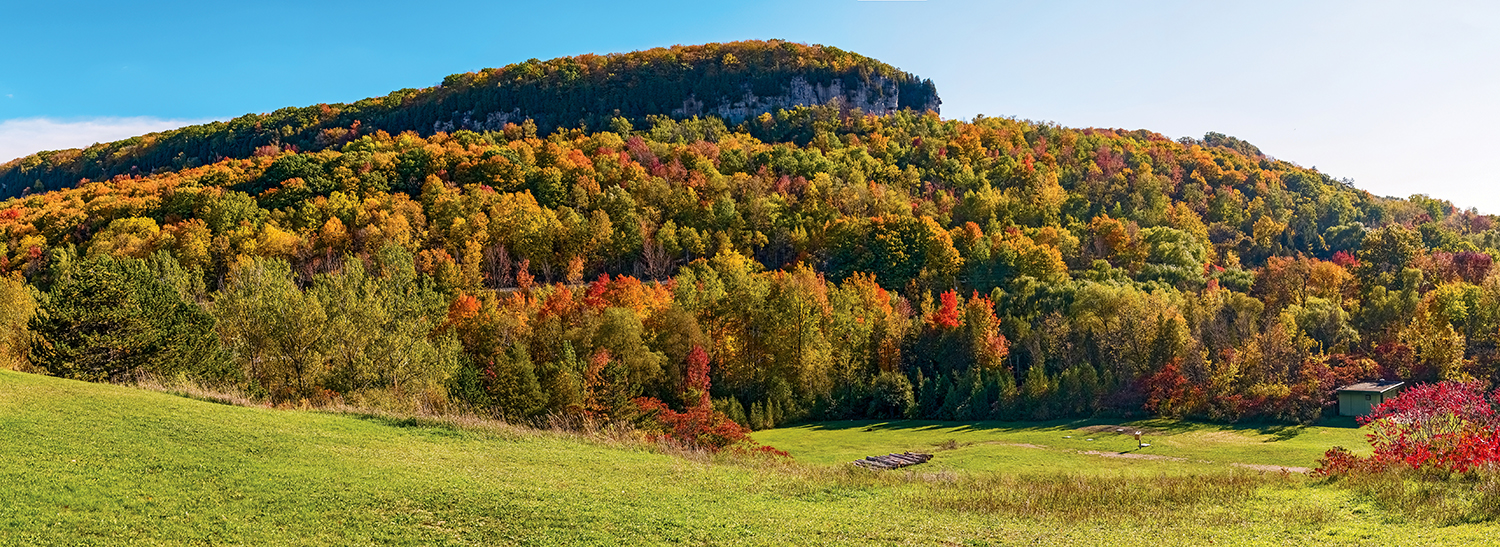
Like its proposed programs, Laurier’s campus will embrace sustainability by design.
Laurier’s campus will be situated on approximately 103 acres of land donated to the university by the Town of Milton. On 33 acres, Laurier will construct net-zero energy buildings using the latest green technologies, while allowing clear sightlines to the Niagara Escarpment overlooking Milton. The remaining 70 acres of greenbelt land adjacent to the campus will be left undeveloped for research but will include walking trails. A nearby transit hub, cycling-friendly roads and walking trails around campus and through parks will encourage eco-friendly transportation. Laurier is also considering placing an outdoor classroom and Indigenous educational facilities near wetlands and grasslands buzzing with life.
“Laurier has a responsibility to not only research and teach planetary health, but also to lead the way with sustainable and environmentally friendly practices,” says Lloyd Noronha, Laurier’s vice-president of finance and administration. “On the Milton campus, we’re choosing green construction and design in our buildings and we’re finding ways to lessen our impact on the natural environment around us, including the ecologically sensitive greenbelt lands. We all have a role to play in reducing our carbon footprint.”
The Milton campus will be a hub of cutting-edge research, with the greenbelt land serving as a living laboratory just steps away. Faculty and student researchers will collaborate with Conservation Halton on environmental and conservation-based research, including studying some of the more than 1,000 square kilometres of land under the conservation authority’s protection, which includes 17 creeks, 26 kilometres of Lake Ontario shoreline, 80 kilometres of Niagara Escarpment and extensive woodlands.
Laurier researchers studying urban watersheds, including water treatment and storm-water management, will also have access to outdoor water research ponds.
“We have over 100 ecological monitoring sites where our ecologists conduct experiments,” says Hassaan Basit, president and chief executive officer of Conservation Halton. “To embed that within Laurier’s research and courses will be fantastic. When I was a student studying biology, I did most of my work in a lab, even when I was studying something natural. I think what Laurier is offering is an opportunity to break that mould, to have research sites that are spread across our watershed.”
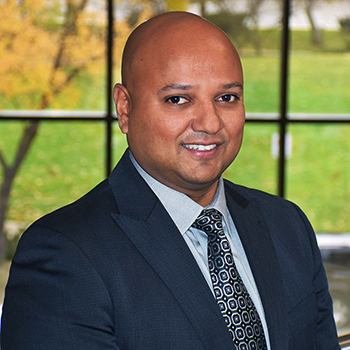
Lloyd Noronha, vice-president of finance and administration
The Mississaugas of the Credit First Nation has been a partner in planning Laurier’s Milton campus. Laurier also has a decades-long relationship with Six Nations of the Grand River through, among other initiatives, the Six Nations Polytechnic’s university access program, in which students complete their first year of a bachelor of arts degree within the Six Nations community before their credits are transferred to Laurier.
Mississaugas of the Credit First Nation Chief Stacey Laforme
Laurier will continue strengthening relationships with both Six Nations and Mississaugas of the Credit and involve both in future planning, as well as teaching, including through a potential Indigenous placemaking facility, and research. Placemaking is the work of traditional knowledge holders, Elders, youth and community members who embody and share stories about place, as well as practitioners who create physical places, including artists, architects, planners and designers.
In addition, Laurier researchers plan to collaborate with Indigenous Elders and knowledge keepers to further understanding of complex global problems, including climate change, pollution and habitat loss.
“Our First Nation is a treaty holder, so we have an obligation to all the people who live and play on our land,” says Mississaugas of the Credit First Nation Chief Stacey Laforme. “The university has obligations to the people, too, to tell the truth, to be so honest that it sometimes hurts, and to make the world a little better. By working together, we’re in a unique position to make a difference.”
Beyond its focus on planetary health, Laurier’s Milton campus will also be a hub for technological innovation and entrepreneurship. Laurier, Conestoga College, the Town of Milton and Haltech, an organization that supports local start-up and scale-up tech companies, plan to create an innovation and entrepreneurship centre within the Milton Education Village.
“Together with our local partners, we are working to enhance Milton’s innovation ecosystem by fostering academic excellence and business support services,” says Jonathan Newman, Laurier’s vice-president of research. “In response to the region-specific needs of the community, we will support immediate, strategic initiatives focused on economic recovery, shared access to expertise and resources, and helping start-ups grow in key local industries.”
Through Laurier’s proposed programs in software engineering and environmental and sustainable engineering – alongside existing strengths in business and supply chain management through the Lazaridis School of Business and Economics – local companies will be able to access mentorship, expertise and cutting-edge research, as well as talented students seeking experiential learning opportunities through co-op, work placements and employment after graduation.
Companies will also be able to take advantage of talent and expertise through Haltech’s educational and advisory services, and a network of resources and companies along the Toronto-Waterloo Innovation Corridor.
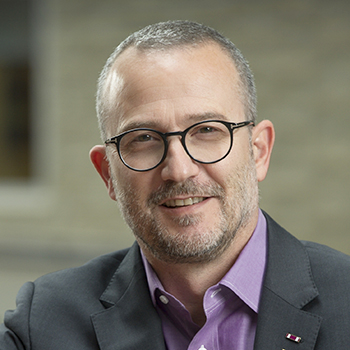
Jonathan Newman, vice-president of research
“Traditionally, universities are thought of as being a bit siloed and hard to access,” says Shann McGrail, executive director of Haltech. “The concept that Laurier is exploring with this campus is one that aims to bring businesses in and facilitates how innovators and technologists can tap into the resources at the university. This dynamic new partnership will accelerate the development of our technology and innovation companies. Haltech and other partnerships will contribute through our practical experience and networks. That’s the glue that will bring it all together.”
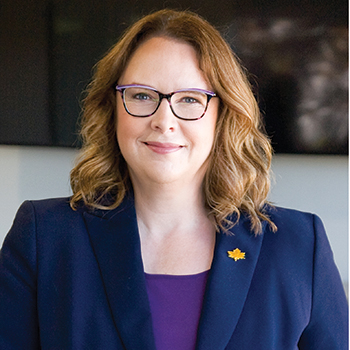
President and Vice-Chancellor Deborah Maclatchy
Laurier will do more than train a new generation of leaders in one of the fastest-growing regions in the country. The university is also planning to support the existing local workforce through micro-credential programming for mid-career workers; accelerated programs so students can complete their degrees more quickly; professional development courses; non-credit programming; and partnerships with colleges, including Conestoga.
Laurier already offers programming in Milton, including a part-time Master of Education program, professional development courses through the Faculty of Social Work, a summer day camp, and the Laurier Milton Lecture Series, which features professors from across the university speaking to community members about their knowledge and research.
“I’ve heard from my clients in the business community that they’re looking to employ people in the region, yet a lot of people are only living in Milton and getting on the GO Train in the morning,” says McGrail. “A lot of students, too, have left the region for their education. With this new campus, what’s so exciting is that you can live in this great community, you can get a great education and then you can be part of an exciting new industry in this region.”
Laurier’s first building in Milton will open in 2024 and the university plans to grow the campus to approximately 2,500 students in its first decade.
Like its Waterloo and Brantford campuses, Milton will offer the sense of community and student experience Laurier is known for, while maintaining distinct strengths and identity.
“This is a historic moment for Wilfrid Laurier University as we take the next step in our multi-campus journey, bringing Laurier’s academic excellence, exceptional student experience and innovative research to the Town of Milton,” says Laurier President and Vice-Chancellor Deborah MacLatchy. “Laurier has an exceptional track record in Brantford and Waterloo of creating campuses that are interwoven into the fabric of the communities. I am thrilled that we have the opportunity to bring this collaborative spirit to Milton. This is just the beginning of what I know will become a hub of research, innovation and opportunity.”